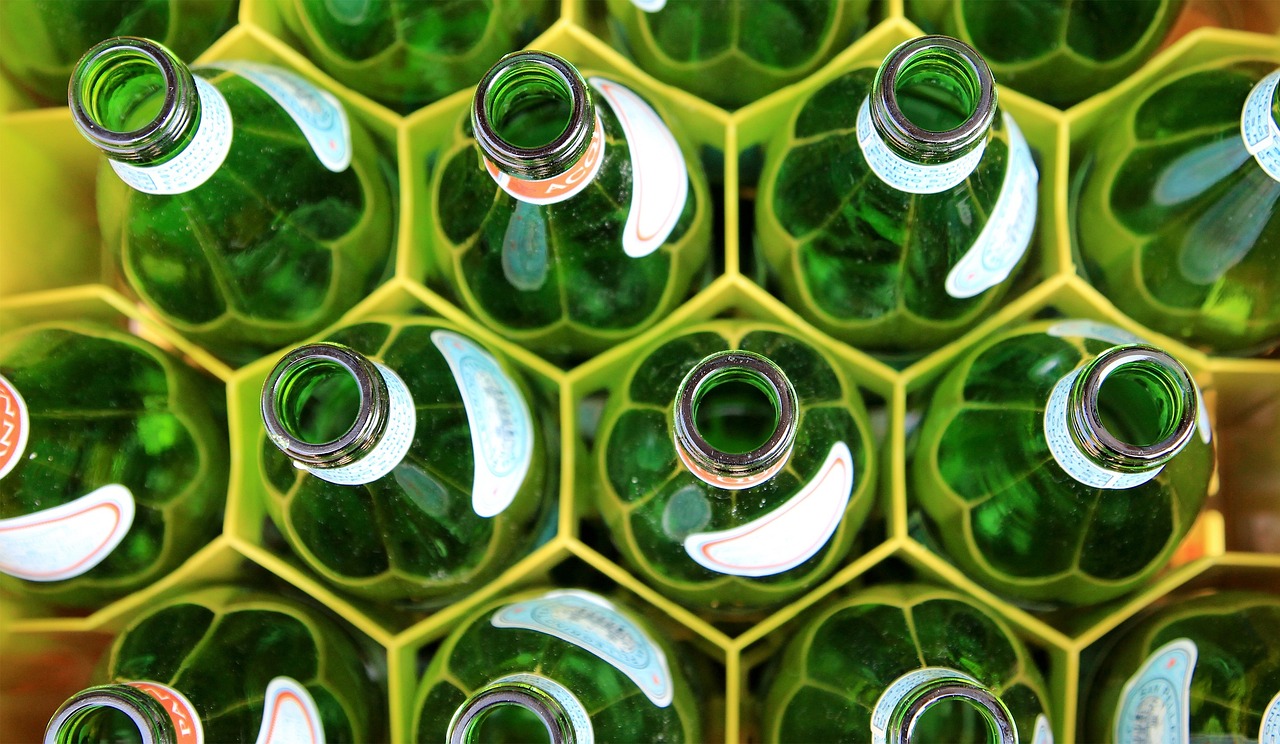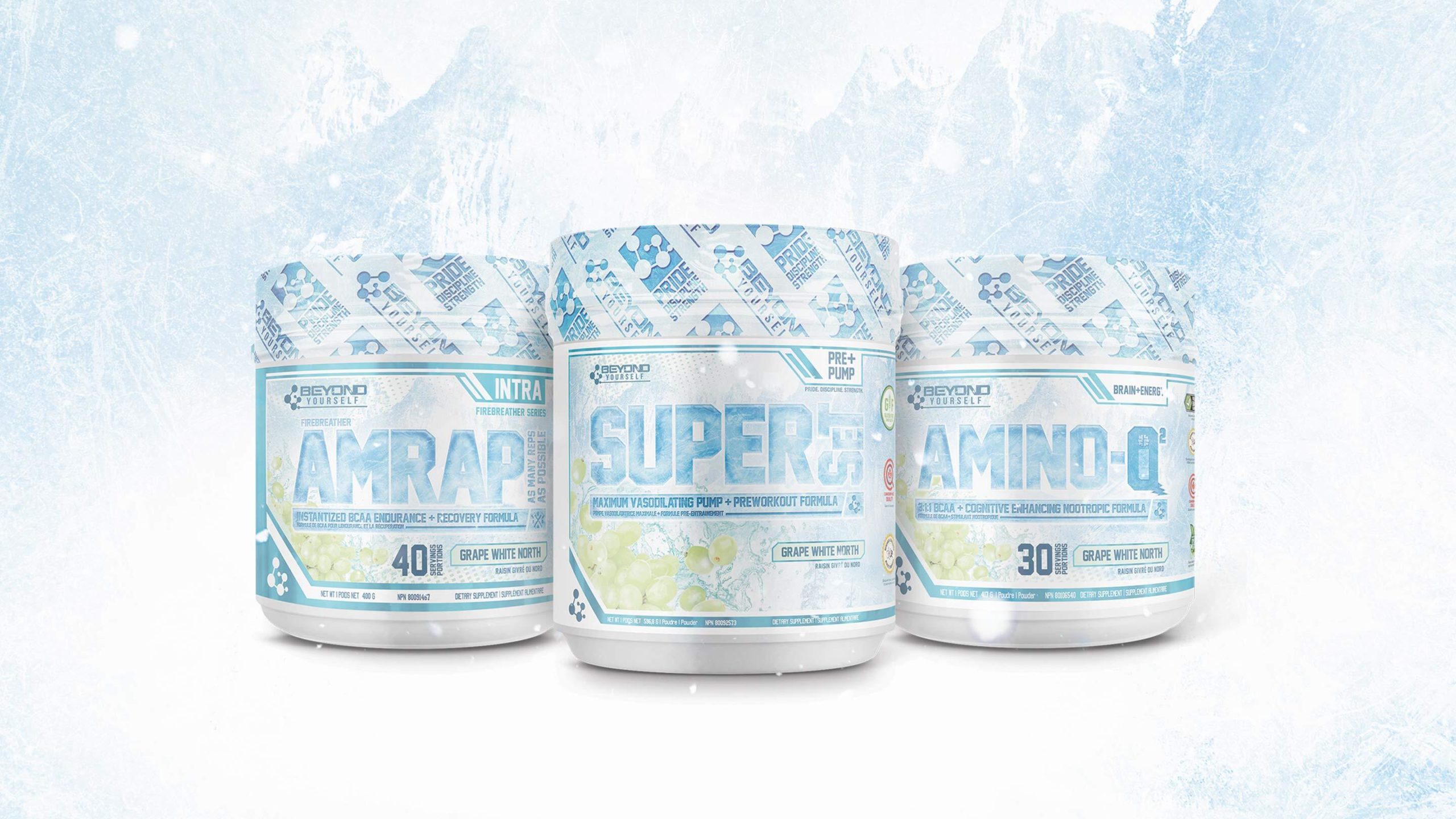The top sustainable packaging trends of 2023
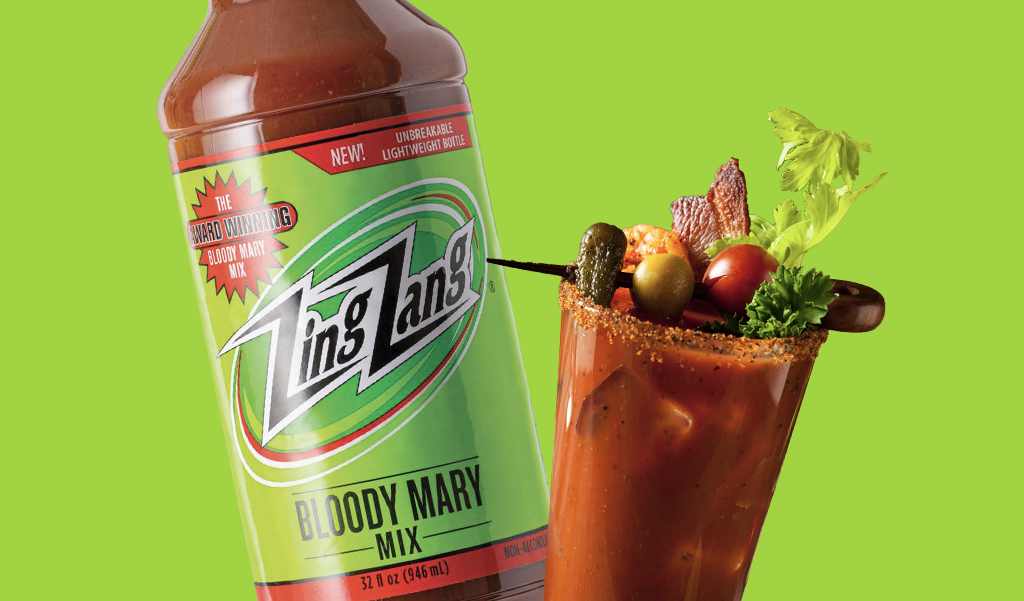
If sustainable packaging and labeling don’t factor into your brand strategy for 2023 and beyond, they should.
According to the latest sustainable packaging statistics, 66% of all United States consumers — and 80% of adults under 34 — willingly pay a premium for sustainable products. The takeaway? Participating in the circular economy isn’t just feel-good greenwashing. Consumer demand means it’s also good business.
By making sustainable packaging materials a selling point, you’ll edge out the competition.
And when it comes to the latest trends for fast-moving consumer goods (FMCG) like household and consumer products, beauty and personal care, food and beverage, we’ve seen plenty of ways to avoid single-use plastic packaging products. From environmentally friendly materials to improved recycling initiatives, bio-based solutions and even clever smart labels to shrink your carbon footprint, we’ve rounded up every major trend in sustainable packaging and labeling.
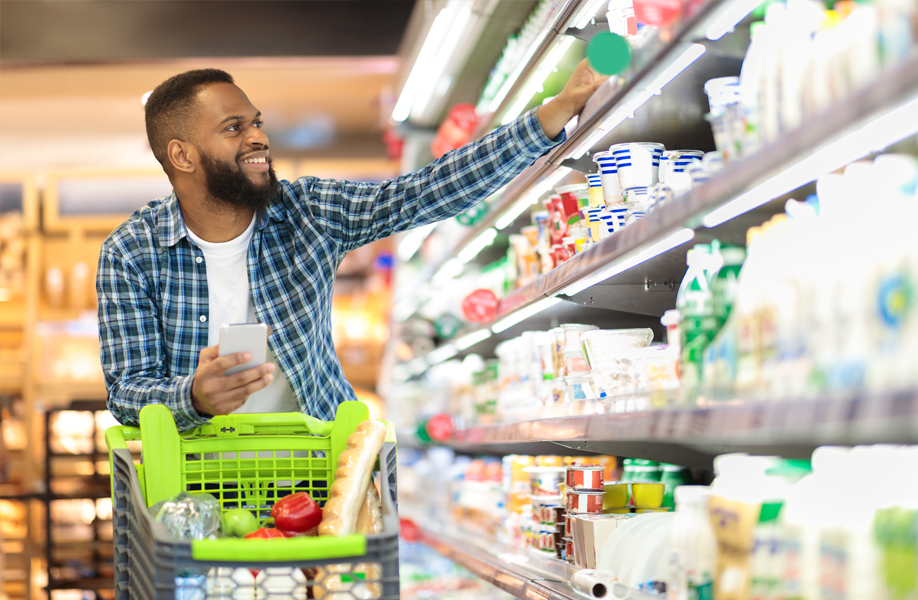
The top sustainable packaging trends of 2023
- Smarter waste reduction techniques — Limit your brand’s packaging waste with linerless labels, ingenious laminate solutions and more.
- Designing for reusability — Remember the milkman? In some specialty markets, reusable packaging helps brands replace plastic.
- Bio-based, biodegradable and compostable packaging — Thanks to rice husks, corn, cotton, wood and even grapes, renewably sourced materials have skyrocketed in popularity.
- Designing for end-of-life — Paper packaging plus plastic containers? Not so fast. Recycling success hinges on design compatibility.
- Investing in recyclable packaging — Despite the many advancements in green packaging products, recyclable materials are still the best way to support a sustainable economy.
- Saying “yes” to recycled plastic — As recycling rates increase, items made from post-consumer waste (PCW) or post-consumer recycled (PCR) materials are more abundant than ever.
Related reading: Here’s why (and how) your brand should more toward more sustainable labels.
Do you already know what you want? Schedule a consultation now.
Reducing waste
This trend is just what it sounds like: cutting the amount of waste your brand generates and sends to the landfill.
Why you should care about this trend
An increasing number of materials are recyclable or compostable, but the unfortunate truth is that much of it is still destined for a landfill. And there’s always the risk that its litter may trigger a PR crisis, too. That’s why avoiding it from the get-go is the best remedy.
“There are always ways to create less with more.”
Resource Label Group Director of Sustainability Tim Bohlke
Tried-and-true waste reduction strategies
- Linerless labels — This isn’t a silver bullet for every brand, especially for product categories like beverage or personal care products, whose line speeds range from 200-400 bottles per minute. Linerless labels can’t run that fast without snapping — yet. But for products with slower line speeds, they’re worth considering under the guidance of a skilled label partner.
- Lightweighting — This strategy thins containers and labels to use less material compared to conventional methods. You’ll need a good partner to achieve this, as going too thin can make your label susceptible to wear and tear during shipping and product use.
- Downsizing — A close cousin to lightweighting, this is about decreasing your overall product packaging in size and volume. And while “shrinkflation” is a hot topic on TikTok, consumers tend to misunderstand its nuances. In fact, downsizing can eliminate excess waste in the circular economy, especially if your product is vulnerable to expiration or environmental degradation.
- Double-sided labels — By printing on the reverse side of a transparent laminate, you can eliminate the need for a second pressure-sensitive facestock on clear packaging and reduce overall resource consumption.
Make a statement with smart technology
Read more about this joint effort between Resource Label Group and Qwasi
Driven by a mission to cut down on paper brochure waste, the Napa Valley Vine Trail Coalition opted for QR and NFC tags to create smartphone touchpoints along the community’s 47-mile trail.
Designing for reusability
In the good old days, milkmen delivered fresh jars of milk to doorsteps in exchange for used bottles. Those reusable methods have returned, particularly in specialty beauty, personal care and beverage markets where consumers are willing to pay a premium for items that both look good and make them feel good.
Why you should care about this trend
For eco-conscious consumers, reusability can alleviate the guilt of packaging waste that shopping entails. If your audience cares about the environmental impacts of their consumption, elegant reusable packaging systems are worth exploring. For example, an upscale cold-pressed juice shop could motivate customers to return and reuse glass juice bottles for a discount on their next purchase.
How to design for reusability
- Prioritize beautiful, durable labels — Even with reusables like stainless steel or glass, consumers need key information about your product that only a label can deliver. Since these containers will be used over and over again, your label partner can help you design a pressure-sensitive label built to last far longer than labels on single-use plastics.
- Consider joining a circular packaging platform — Programs like Loop and Olive enable packaging exchanges between some of the world’s most influential brands and their customers, supporting a zero-waste ideal.
“Are you designing a packaging product for use in a system that achieves full recovery after each use? Answering ‘yes’ builds a circular model; answering ‘no’ leads to a linear model. And if you are unsure, then there is an open opportunity — if not a necessity — for the packaging designer to find out.”
Reusable Packaging Association President & CEO Tim Debus
Bio-based or compostable packaging and labeling
Bio-based packaging comes from renewable raw materials with origins like wood, cotton, sugar cane and more. This is different from biodegradable packaging. Bio-based refers to the source, whereas biodegradable defines its disposal capabilities.
Why you should care about this trend
Bio-based packaging appeals because it’s made from renewable resources which can be replenished by agricultural crop and harvest rotations.
How to execute this trend
Alternative bio-based packaging and labeling can’t fit every product, but the only way to figure out if a custom solution is possible for your brand is to lean on your label provider early and often. Consider asking about the following materials and technologies:
- UPM Raflatac Forest FilmTM — When wood is processed into pulp, the resin is used to create this 100% renewable stock.
- Wash-off labeling technology — If PET containers are paired with non-compatible labels, they must be separated to ensure recycling success. Brands can aid that by incorporating bio-based inks and adhesives capable of “washing off,” increasing the availability of recyclable PET.
Zero-waste packaging for futuristic instant ramen
Learn more here
One design student’s award-winning vision resulted in bio-based, biodegradable, edible and seasoned packaging that consumers can boil with ramen noodles and eat.
Curious about compostable labels?
Simply put, this type of packaging is designed to break down. If you’ve seen packages or labels printed with statements like, “made from corn,” (or rice husk or bamboo), you’ve already interacted with them. Despite their plastic-like properties, they can break down in a matter of years instead of millennia.
But right now, there is no commercially viable packaging that consumers can compost in their own bins, and industrial composting facilities have limited availability across North America.
Your label partner will help you understand the details and determine whether this trend is right for your brand.
Related reading: Find the right eco-friendly solution.
How to stand out from competitors
With Resource Label Group, you get more than just a qualified label printer. Our process starts with a complimentary consultation aimed at finding a holistic, full-service solution that achieves both your immediate and long-term goals.
Designing for end-of-life
In sustainability, “end-of-life” refers to the choices that enable successful recycling odds for your packaging and labeling.
Why you should care about this trend
Every year, label incompatibility forces recycling centers to reject 560 million containers.
Many brands don’t understand the ways that the compatibility of materials, adhesives and facestocks impact the overall circular economy. For example, PET is a fully recyclable material. When PET water bottles are fitted with PET labels, successful recycling odds are very high. By contrast, pairing with paper labels is risky because it depends on educated consumer behavior to separate the label from the container before it enters the recycling stream. If not separated, the paper pulps up during the PET recycling process.
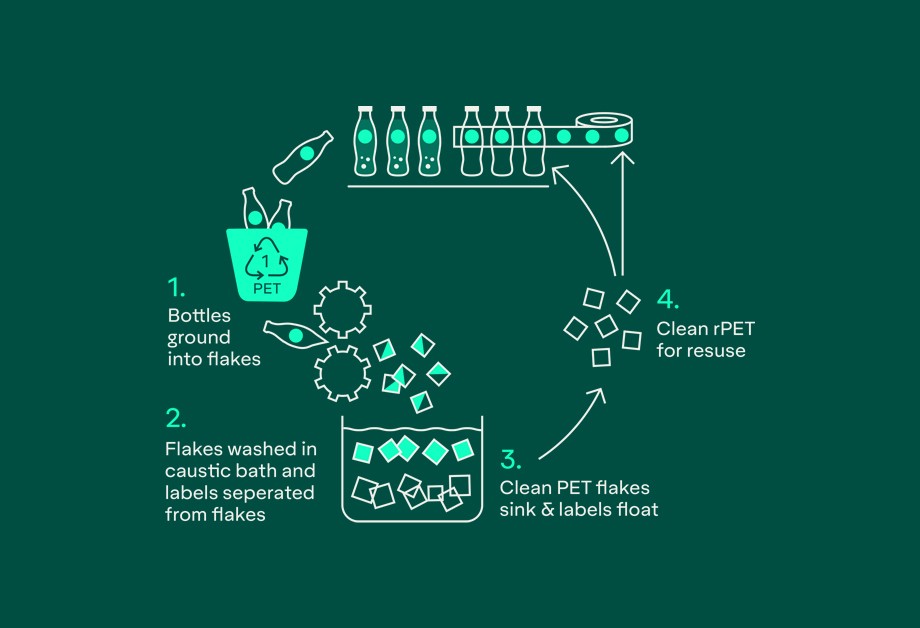
“There’s a lot of bad choices that are out there. This is just making sure that product can be made into another product, that the PET container has the correct label on it.”
Resource Label Group Director of Sustainability Tim Bohlke
There’s no one-size-fits-all solution for end-of-life design. To fully maximize your options, collaborate with your label partner as early as possible. They’ll help you navigate the material market and develop custom solutions. In fact, that’s how we designed a unique paper label that was actually compatible with a PET container.
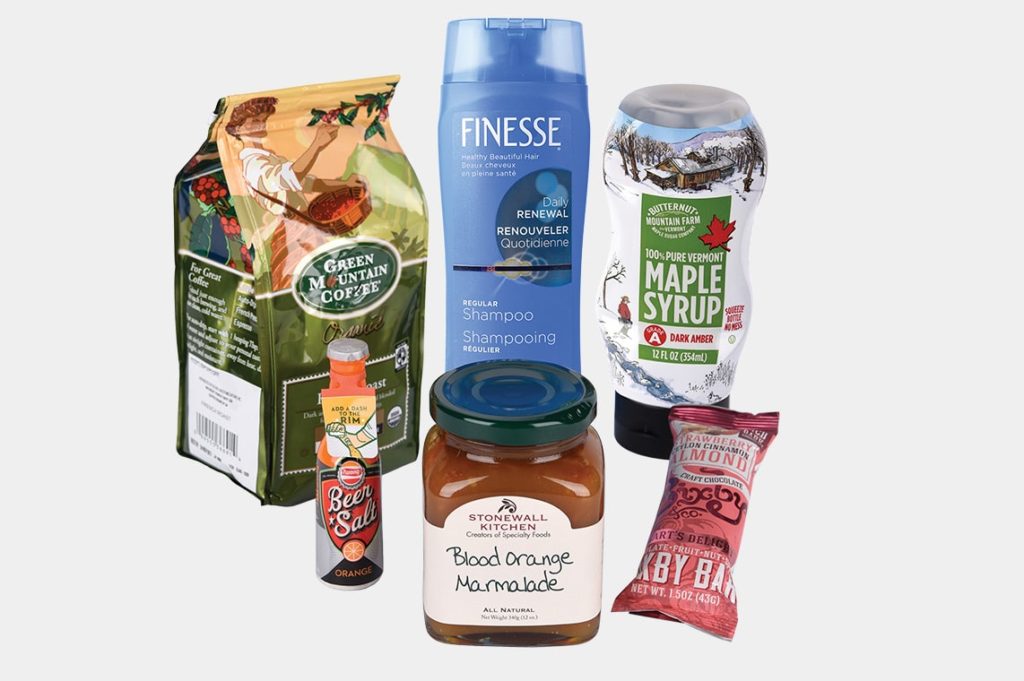
How Zing Zang® switched from glass bottles to unbreakable lightweight plastic made from 25% post-recycled content.
Read the case study now
Investing in recyclability
Investing in recyclability means using recycle-friendly materials engineered to support the journey of your container and label through the industrial recycling process.
Why you should care about this trend
An increasing number of cities and states are holding companies responsible for the fate of their own packaging waste. With the recent passage of laws like Title 38, §2146 in Maine, SB 582 in Oregon and SB 54 in California, the savvy brand owner must ensure compliance to sell in these markets — especially as these initiatives inevitably expand.
How to invest in recyclability
- Educate your consumers — Programs like How2Recycle® show brands how to develop clear recycling instructions for U.S. and Canadian consumers, delivering the critical education needed for circularity success. You can also double-check your environmental marketing claims for compliance by referencing the FTC’s Green Guides.
- Avery Dennison’s CleanFlakeTM — This product line eliminates the need for consumers to remove labels from bottles because it separates cleanly during the recycling process. The resulting pure plastic flakes can be fully recycled into food-grade bottles and containers, increasing overall recycling yield.
- Polyethylene terephthalate (PET) labels and liners — PET labels are both recyclable and contain up to 30% recycled materials. That’s a double win. And if you’re still using paper liners, you should consider switching to PET liners, which are more durable and easier to recover. Best of all, lead times are much shorter than paper, offering much-needed stability in a fast-changing supply chain environment.
Related reading: How to protect your brand against supply chain shortages.
Say goodbye to supply chain woes
There’s no one-size-fits-all solution to supply chain stress, but your team at Resource Label Group is committed to a holistic approach that can protect your brand. And with 20+ sites across North America, you can depend on a powerful coast-to-coast network no matter where you’re located.
Increasing recycled content
“Recycled content” refers to the total percentage of recovered pre-consumer and post-consumer material in a product.
Why you should care about this trend
To avoid the stigma of single-use plastics, many of the world’s biggest brands are opting for materials made with post-consumer waste — and they’re more available than ever.
Trending materials made from old product contents
- Ocean Bound Plastics (OBP) — This material is certified under the Zero Plastics Oceans program and uses abandoned plastic waste recovered from coastal areas.
- Polyethylene terephthalate (PET) labels and containers — Many types of PET used for labels are made of 30% recycled materials.
- FSC-certified materials — Whenever you see this stamp of approval from the Forest Stewardship Council (FSC), that material contains wood or paper that has been verifiably reclaimed or recycled.
Related reading: What’s the difference between recycled and recyclable?
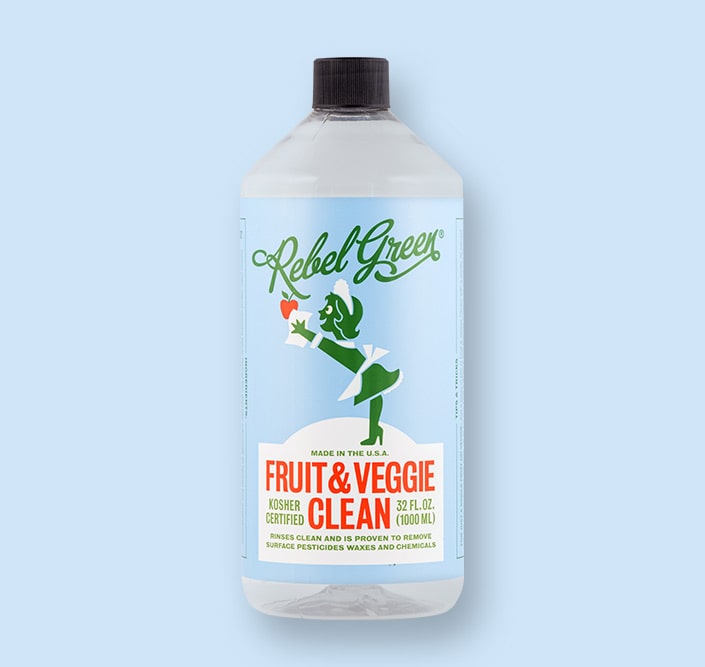
How to find the best sustainable label for you
Thanks to shifting consumer sentiments, there’s never been a smarter time to turn your sustainability goals into a reality. Today’s shoppers prefer it, and your label supplier can provide it.
Feeling overwhelmed? Not all sustainable packaging solutions need to be revolutionary. Whether you’re trying to choose between recyclable or compostable materials, we can help you find easy ways make progress in your sustainable goals.
Resource Label Group has helped many brands explore and convert to innovative sustainable packaging materials — and we’re ready to do the same for you, too.
Tags:
